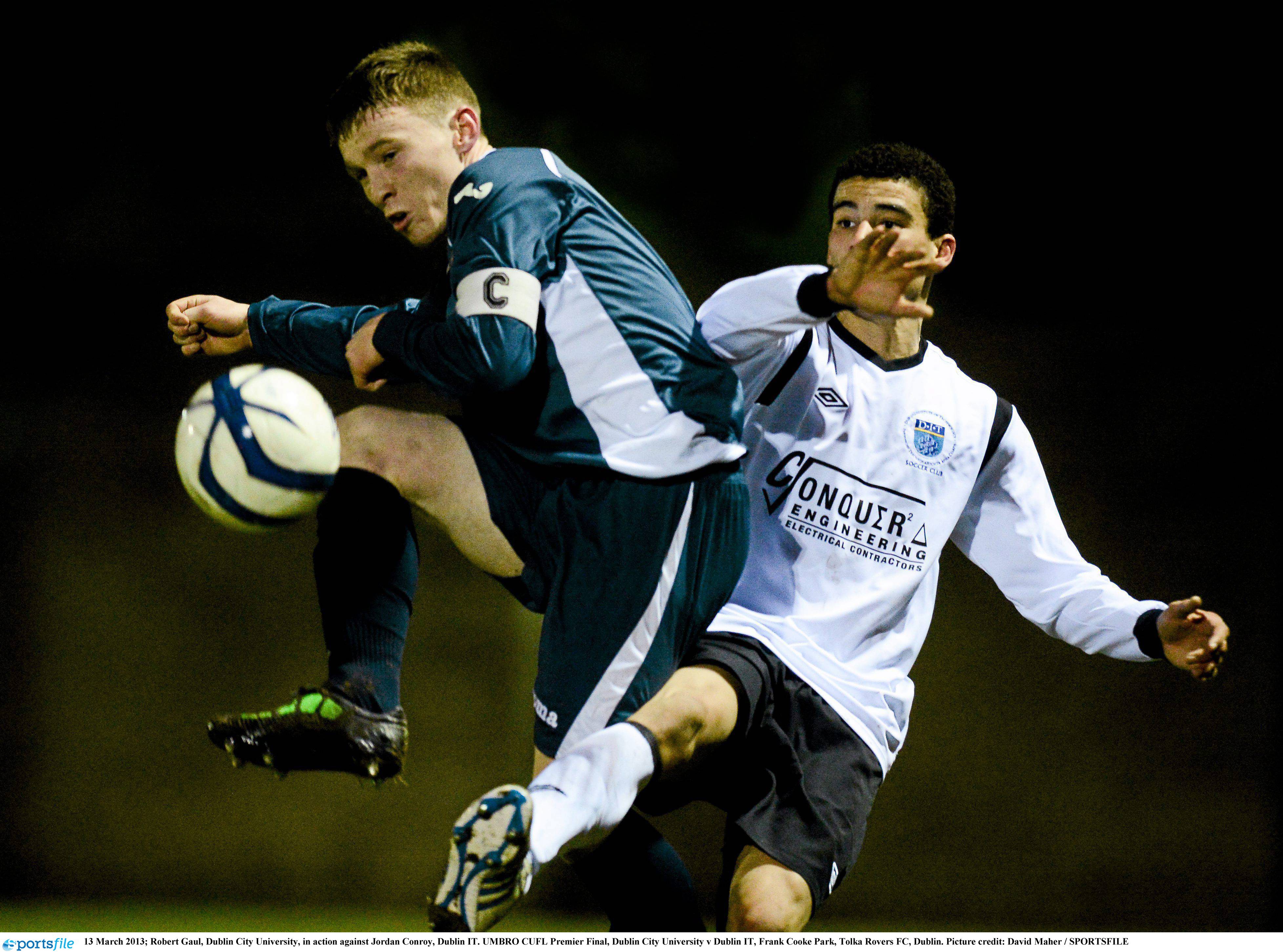
[dropcap]Over[/dropcap] 60,000 public servants employed since 2011 are set to receive pay increases in a proposal released by the Government on September 24th.
The announcement is an attempt to end a controversial “two-tier”, austerity-era, cost-cutting pay rate. It resulted in entrants into the public sector since 2011 receiving less than that of longer serving colleagues.
The Government brought in the system during the recession in an attempt to cut costs. It saw new recruits’ pay in 2010 drop 10 per cent lower than longer-serving colleagues.
Under the proposals, new entrants will benefit from skipping their fourth and eighth points on their respective pay scale, with an average increase of €3,300 per worker over a two-year period. The first increase will take place in March 2019, with the second in 2020.
The measures are expected to cost €75 million by 2020 with 78 per cent of new entrants set to see pay increases. The full cost estimated at €190 million by 2026.
Minister for Public Expenditure Paschal Donohoe ruled out any further measures to boost pay for public service staff employed since 2011, i.e. a re-introduction of allowances that were abolished and any payment of back-money.
Teachers make up most of the new entrants at 68 per cent that will benefit. However, teachers’ unions warned the Government’s proposals did not go far enough and would not deliver full pay equality.
The Association of Secondary School Teachers Ireland (ASTI) President Breda Lynch said that while the proposals go some way towards giving money back to the members, it does not resolve the issue of the removal of the HDip allowance for more recently qualified teachers.
The general secretary of the Teachers’ Union of Ireland John MacGabhann (TUI) commented further, “While this does represent an improvement in respect of certain issues, it does not obviously deliver pay equality with regard to other issues that were outside the scope of this particular arrangement.”
Mary-Louise Wallace, a third-year primary teaching student in NUI Maynooth stated her reaction to the announcement; “It is only fair that our pay has been restored in this way. However, this is only a start, and a lot more needs to be done.”
Ellen Rainsford, a second-year primary teaching student in DCU said it is “really disappointing and frustrating” to hear the issue still ongoing.
“I always hoped it (equal pay) would be resolved before I finished my degree. It’s disheartening knowing that new entrants to the profession like myself are continuing to be discriminated against,” Rainsford explained.
Almost 10,000 nurses are among those included to benefit from the proposal, however the Irish Nurses and Midwives Organisation (INMO) prepares to meet Wednesday September 26th to consider issues relating to staffing and pay.
Alison Hennessy, a nursing student in DCU said that more measures need to be put in place to help sustain living of those on placement: “While on placement we work three 12-hour shifts a week for no pay which can make the cost of living seem impossible.”
By Catherine Gallagher
Image credit: Marpixel



